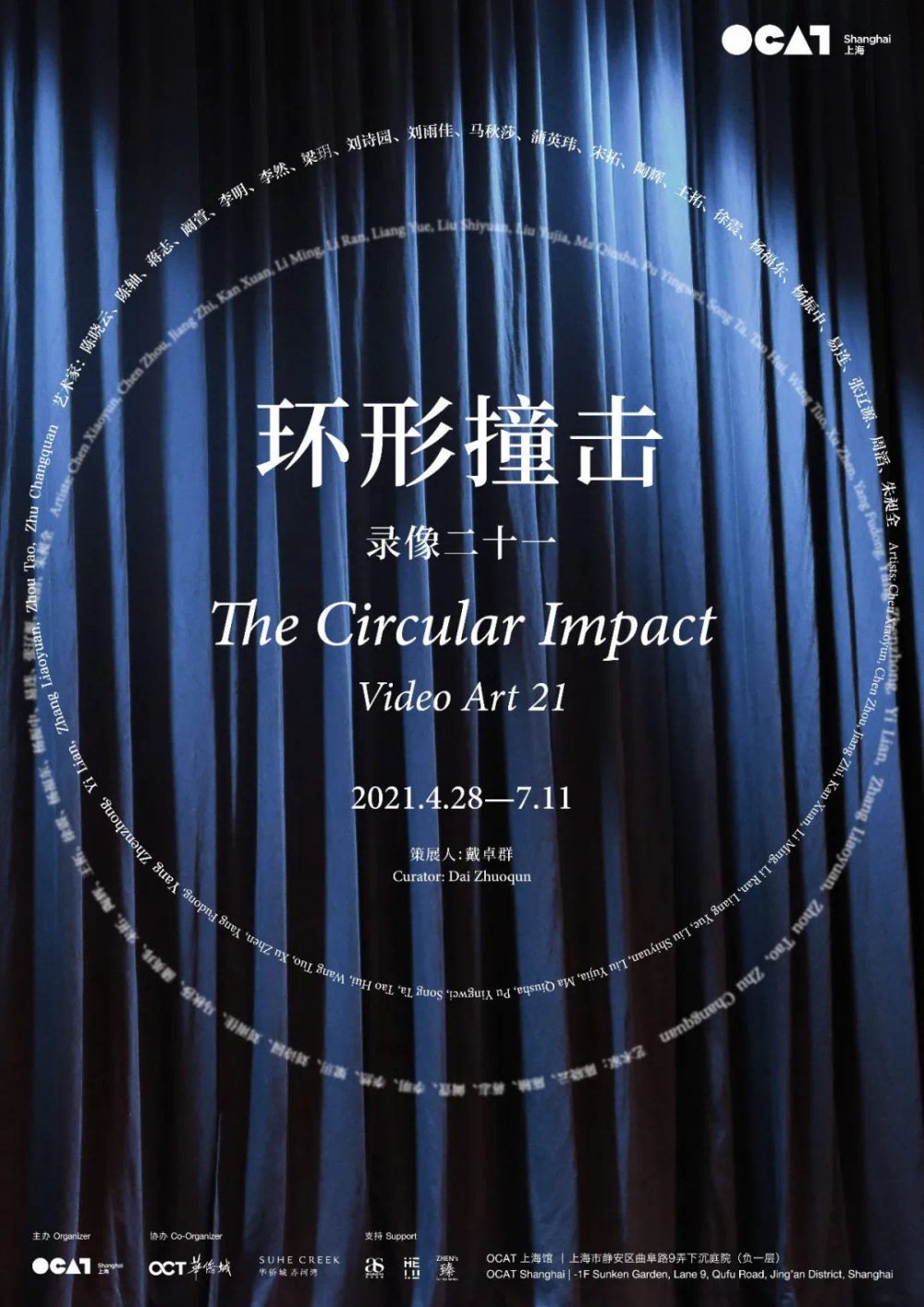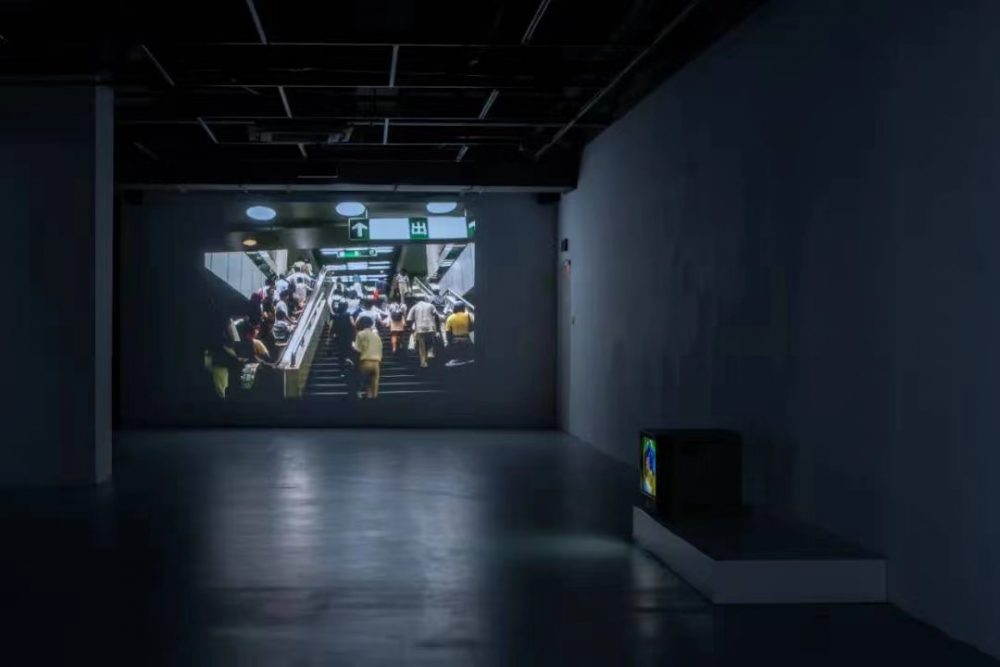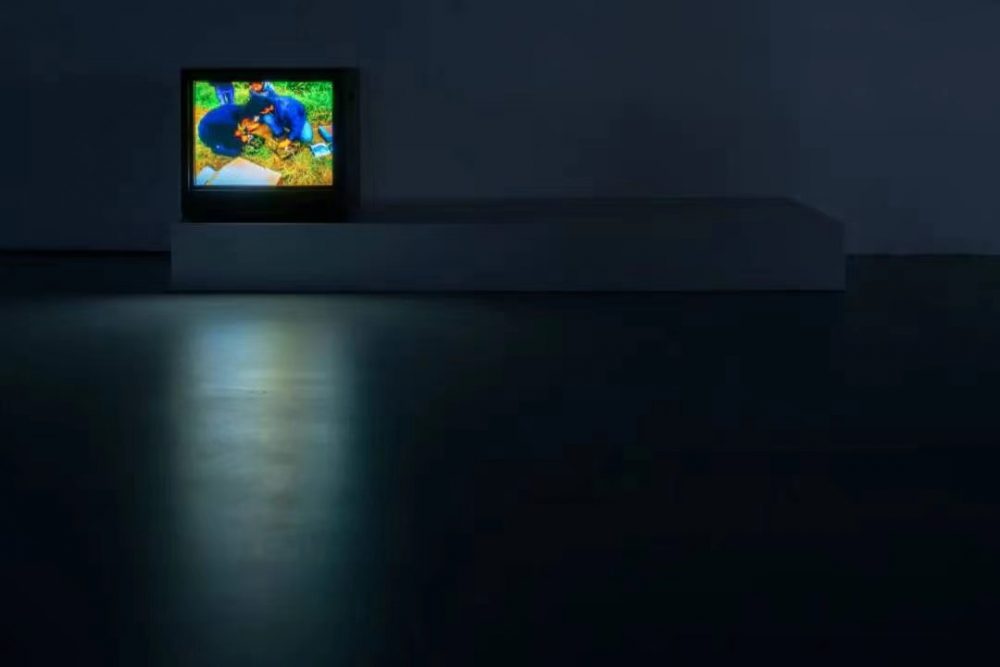-
2021.04.28-2021.07.11
OCAT Shanghai,Shanghai, ChinaOCAT Shanghai is pleased to present the exhibition The Circular Impact: Video Art 21, which will be on view from April 28th to July 11th, 2021. The exhibition, curated by Dai Zhuoqun, features a sample of Chinese video art since 2000, showing 21 artists whose primary medium of practice has been moving images, with works spanning 21 years from the beginning of the 21st century to the present. This exhibition showcases the curator’s ongoing exploration of the development of Chinese video art in recent years. From the large-scale group exhibition Free Prism Video Wave in the fall of 2019 to The Circular Impact: Video Art 21 in the spring of 2021, the focus of Dai’s curatorial practice on video art always centers within the screen, revolving around content, rather than the medium itself. Amid waves of the avant-garde and new wave art, video art emerged to serve as a medium of enlightenment for the most cutting-edge consciousness and concepts of the contemporary Chinese society, recording and reflecting the social and spiritual conditions of Chinese people, as well as the great diversity of thoughts and emotions.
Based on these ideas, Dai Zhuoqun divides Chinese video art into three periods shown in three chapters, based on the reality and conceptual representations of different stages of time where a decade is a generational interval. The first chapter, “1988-1999, Spring Story,” focuses on the early video practices in the early avant-garde art period between 1988 and 1999. “Spring Story” comes from the song sung by Dong Wenhua in the 1990s to celebrate reform and opening up and Deng Xiaoping’s southern tour. The other two chapters in this exhibition cover the two decades of the new century, the globalized economy, and the Internet era, which have redefined our understanding and perception of the world and even our way of thinking. Chapter two, “Love Song 2000” and Chapter three, “Floating World and Faint Shadow,” attempt to afford an optimistic and humanistic narrative to the new century. Meanwhile, both chapters faintly reveal gradual diversification and fragmentation in Chinese society since its enlightenment in the 1980s and its transition into its current manifestations in the post-globalization era.
Time is a circle, which travels circularly, and the moving image is an art form based on time and mirror images of the myriad world. Images and sounds wander and collide in our receptive senses, and life revolved around the screens has become our way of experiencing the world. In this sense, the art of moving images engages, assesses, intervenes, or has even shaped the psychological symptoms and social life of our generation.




